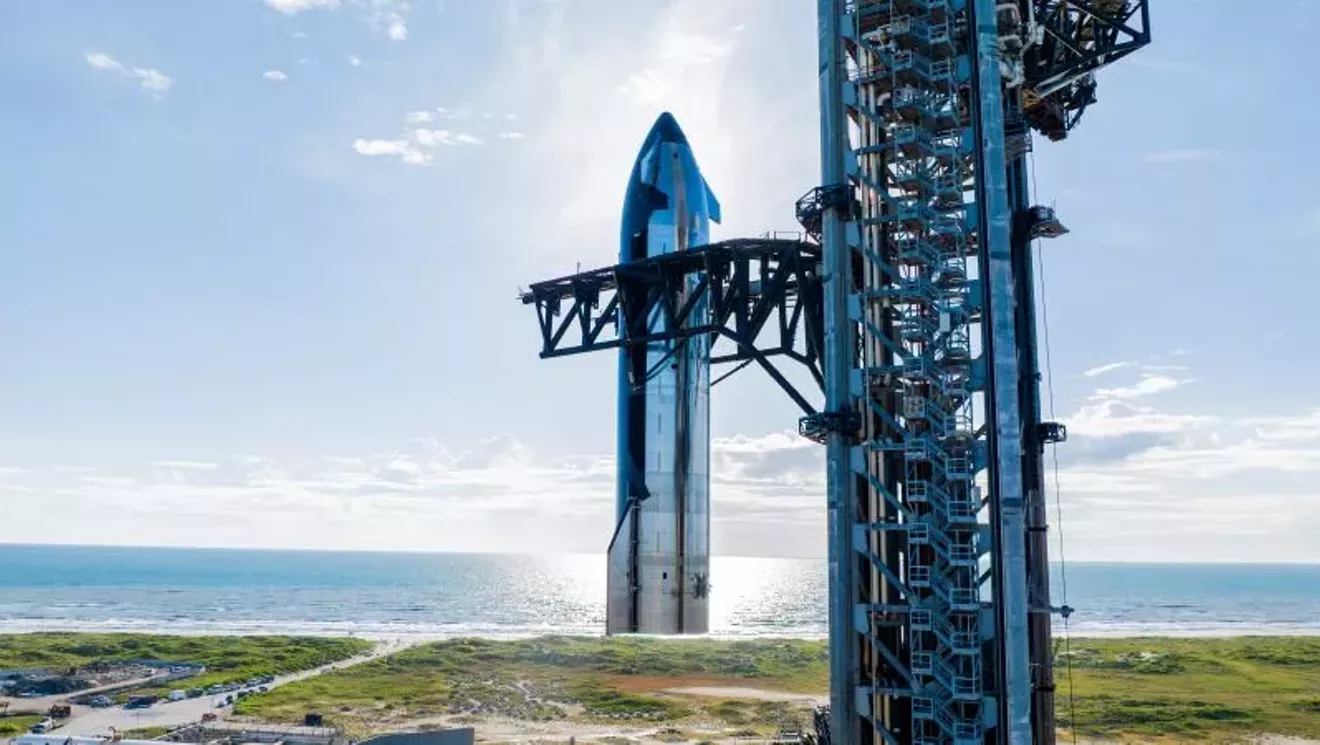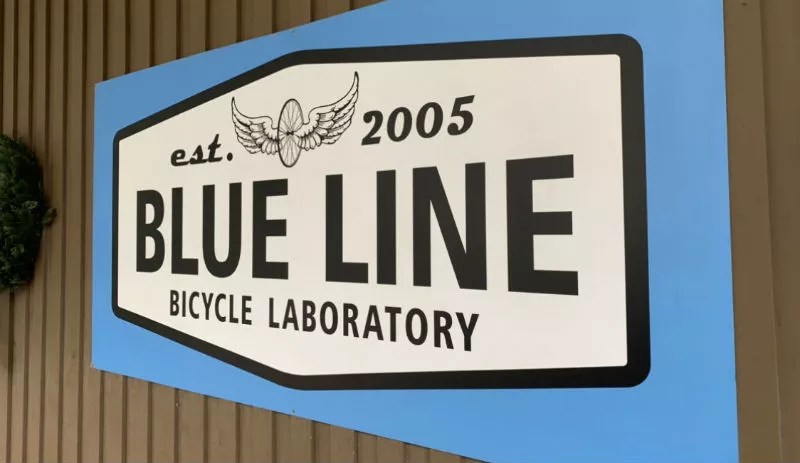Judge Find No Fault With FAA Review of SpaceX Launches in South Texas

A federal judge has concluded this week that the Federal Aviation Administration did its job in 2022 when regulators signed off on allowing SpaceX to conduct test launches of the world’s largest rocket on the rim of the South Texas Coast at a site surrounded by a delicate ecosystem that hosts endangered species, including the piping plovers, ocelots and Kemp’s Ridley sea turtles.
Thus, in April 2023 when the 394-foot-tall rocket, comprised of the Starship rocket and Super Heavy booster slated to tote humans to Mars someday, subsequently exploded on the SpaceX launchpad just outside of Boca Chica Beach, everything played out as one would expect, right?
Well, it depends on what you were expecting.
The explosion littered Boca Chica State Park and Boca Chica Wildlife Refuge with rocket debris, set fire to about four acres of surrounding state park land and scattered chunks of the pulverized concrete launchpad across six miles of terrain, fallout that conservationists contend the FAA should have done more to prevent.
Thus, in May 2023 a clutch of environmental groups, including the American Bird Conservancy, the Center for Biological Diversity and the Carrizo/Comecrudo tribe of Texas filed a lawsuit in Washington D.C. accusing the FAA of having failed to conduct a full enough of review of the likely environmental impacts of the project when the agency signed off on the launch.
The lawsuit contended that the FAA should have done a full environmental impact statement of its own instead of allowing SpaceX to file a Programmatic Environmental Assessment of its own making.
The commercial space company’s assessment did allow that their program’s proposed Starship launch plan, which would allow up to 20 launches over five years and an expansion of the South Texas site, would likely come with a sizable environmental impact. However, SpaceX offered mitigation measures such as consulting with experts after an “anomaly,” i.e. a rocket explosion in FAA parlance, and collecting the debris, but nothing that aimed at preventing the anomalies from happening or addressing the environmental damages through “restoration and enhancement of habitat effected by the noise, heat and light from rocket launches,” according to the lawsuit.
The plaintiffs claimed all of this was in violation of the National Environmental Policy Act and sought a court order to pause the launches until the FAA had conducted its own environmental impact statement on the launch program, according to the lawsuit.
Despite the fire and the rubble and the destruction of at least one nest of bobwhite quail eggs and some blue land crabs, in his ruling U.S. District Judge Carl Nichols found that the FAA had done a fairly okay job, actually.
“Most of the conclusions were well-reasoned and supported by the record,” he stated, regarding the SpaceX-manufactured environmental plan for the launch program. Nichols didn’t go so far as to claim it was perfect though, acknowledging that “parts of its analysis left something to be desired.”
But, he concluded, this one really wasn’t up to him.
Citing a recent U.S. Supreme Court ruling indicating that courts aren’t supposed to be sticking their paws into the works of federal agencies so long as the agencies are doing what they’re supposed to do “within a broad zone of reasonableness,” Nichols found that the FAA was more or less on target.
The “zone of reasonableness” has also been rendered remarkably broad in the past month when it comes to environmental assessment requirements for the FAA and the Department of Transportation, which oversees the agency.
In August, President Donald Trump signed an executive order that loosened environmental rules for commercial space companies, including a requirement to “eliminate or expedite the Department of Transportation’s environmental reviews.” In other words, FAA now has a target so wide you’d have to be blind not to hit it, as far as environmental regulations go.
Meanwhile, we’re about to see the last of Starship as we know it.
In the wake of this judicial win, on Wednesday SpaceX posted photos of Starship’s upper stage perched on its South Texas launchpad (located in the community that incorporated itself as Starbase back in May) ahead of its upcoming launch.
SpaceX founder and CEO Elon Musk has said this will be the last test flight of this iteration, dubbed Version 2, of the 394-foot-tall spacecraft.
Why? Well, because he’s going to roll out the world’s new largest rocket, the 408-foot-tall spacecraft comprised of Starship and Super Heavy, Version 3.
And we’re likely to see a lot of it.
In May, FAA regulators signed off on a proposal allowing SpaceX to go from five South Texas launches annually to 25 per year.

Reign Bowers is an outdoor enthusiast, adventure seeker, and storyteller passionate about exploring nature’s wonders. As the creator of SuperheroineLinks.com, Reign shares inspiring stories, practical tips, and expert insights to empower others—especially women—to embrace the great outdoors with confidence.




Post Comment